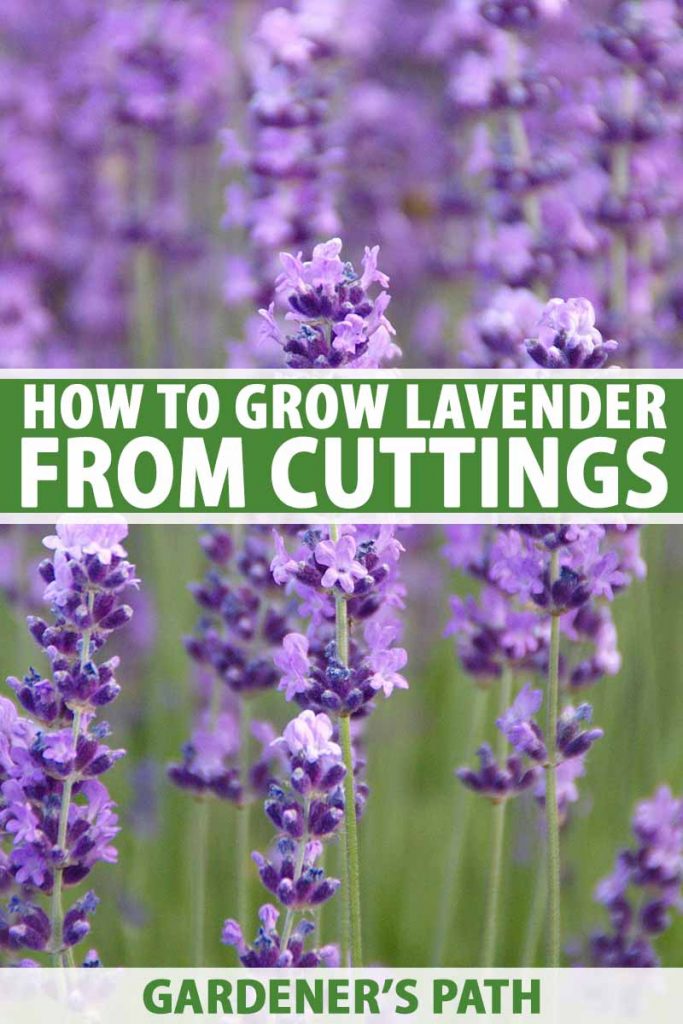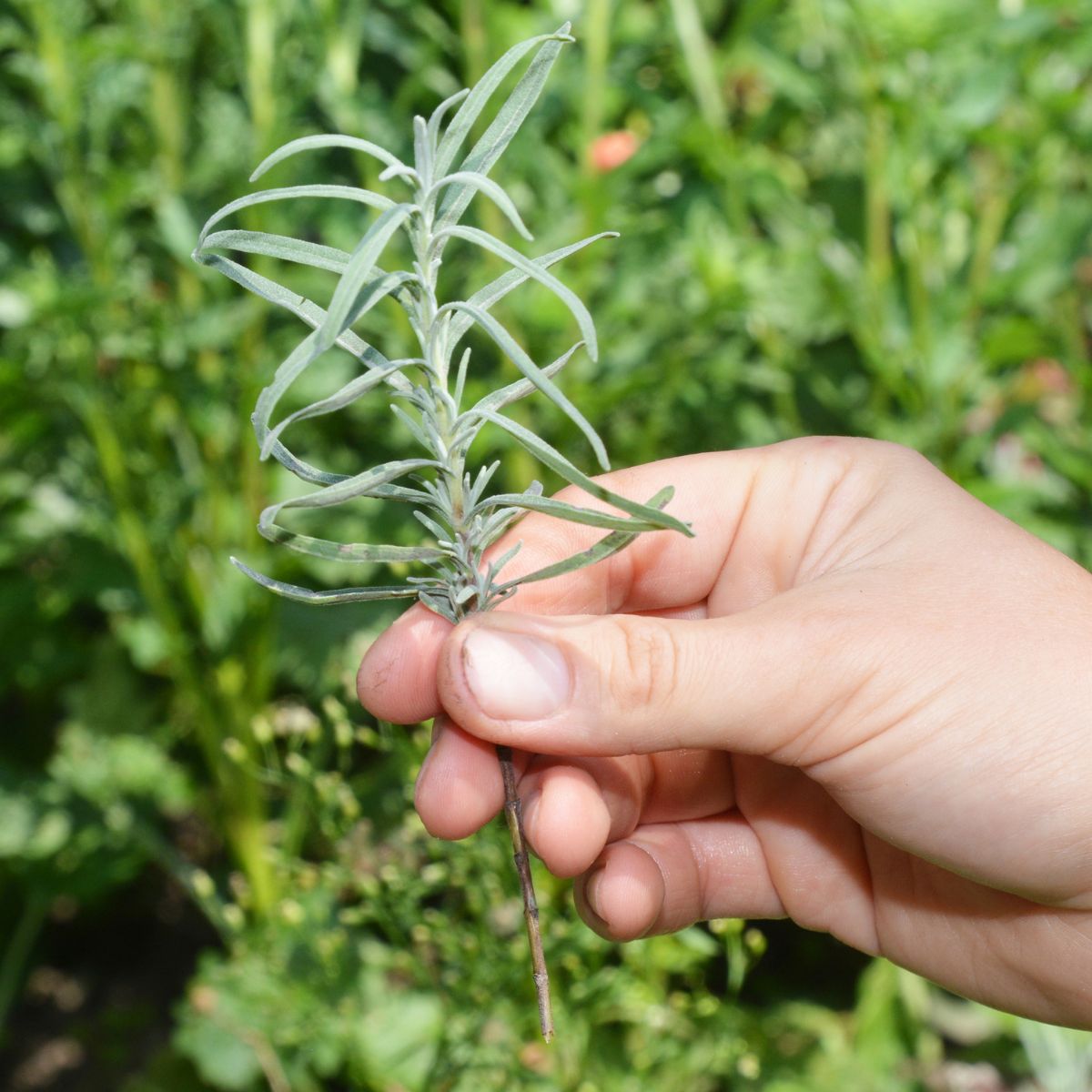The Magic of Lavender: Why Grow from Cuttings?
When it comes to propagating lavender, growing from cuttings is an excellent method to reproduce identical plants, preserving the unique characteristics of your favorite lavender varieties. This approach allows you to share plants with friends and family, making it a thoughtful and personalized gift. By learning how to grow lavender from cutting, you can enjoy an abundance of this lovely herb, perfect for crafts, cooking, and aromatherapy. Moreover, growing lavender from cuttings enables the preservation of rare varieties, ensuring their beauty and fragrance are enjoyed for generations to come.
Choosing the Right Lavender Variety for Cuttings
When it comes to propagating lavender from cuttings, selecting the right variety is crucial for success. Not all lavender varieties are suitable for cutting propagation, and some may produce better results than others. Popular varieties like English lavender, French lavender, and sweet lavender are known to thrive when grown from cuttings. English lavender, in particular, is a popular choice due to its compact growth habit and high oil content, making it ideal for crafts and aromatherapy. French lavender, on the other hand, is prized for its vibrant purple color and sweet fragrance. By choosing a variety that is well-suited for cutting propagation, gardeners can increase their chances of success and enjoy a bountiful harvest of fragrant lavender blooms.
Preparing the Perfect Cutting
To increase the chances of successful propagation, it’s essential to take healthy lavender cuttings. When learning how to grow lavender from cutting, selecting the right stem is crucial. Choose stems with fresh, green growth and a slight woody texture at the base. Avoid taking cuttings from weak or leggy stems, as they may not root well. Cut stems around 2-3 inches from the tip, just above a node (where a leaf meets the stem). Remove lower leaves, leaving only a few at the top to reduce transpiration and prevent the cutting from drying out. This will help the cutting focus its energy on developing roots. By following these simple steps, gardeners can prepare the perfect cutting for propagation and set themselves up for success.
Rooting Lavender Cuttings: The Art of Patience
Once the perfect cutting is prepared, it’s time to focus on rooting lavender cuttings. This process requires patience, as it can take several weeks for roots to develop. To increase the chances of successful rooting, it’s essential to use a rooting hormone. This can be in the form of a powder or liquid, and it helps stimulate root growth. Next, plant the cutting in a well-draining potting mix, gently firming the soil around the stem. Water the soil gently but thoroughly, making sure not to wash away the rooting hormone. To create an ideal environment for rooting, provide adequate moisture, maintaining a consistent level of humidity. A warm location with temperatures between 65-75°F (18-24°C) is also beneficial. By following these steps and allowing the cutting time to develop roots, gardeners can successfully root their lavender cuttings and enjoy a thriving new plant. When learning how to grow lavender from cutting, understanding the rooting process is crucial for achieving success.
Creating the Ideal Environment for Cuttings to Thrive
Once the lavender cutting is rooted, it’s essential to provide the right conditions for it to grow and thrive. When learning how to grow lavender from cutting, understanding the importance of environment is crucial. Lavender cuttings require bright, indirect light, but not direct sunlight, which can cause scorching. A south-facing window or a grow light with a temperature range of 65-75°F (18-24°C) is ideal. The soil should be well-draining and have a pH between 6.0 and 7.0. A mix specifically designed for herbs or succulents works well. Watering is critical, as lavender cuttings are prone to root rot if the soil is too moist. Water sparingly, allowing the soil to dry slightly between waterings. By providing the right environment, gardeners can encourage healthy growth and increase the chances of success when growing lavender from cuttings.
Common Mistakes to Avoid When Growing Lavender from Cuttings
When learning how to grow lavender from cutting, it’s essential to be aware of common mistakes that can lead to failure. One of the most critical mistakes is overwatering, which can cause root rot and kill the cutting. On the other hand, underwatering can also be detrimental, as lavender cuttings require consistent moisture to develop roots. Inadequate light is another common mistake, as lavender cuttings need bright, indirect light to photosynthesize and grow. Other mistakes include using low-quality potting mix, failing to provide adequate air circulation, and not pruning the cutting regularly. By being mindful of these common mistakes, gardeners can increase their chances of success when growing lavender from cuttings and enjoy a thriving, fragrant plant.
Nurturing Your New Lavender Plants
Once lavender cuttings have developed a robust root system and are growing new leaves, it’s essential to provide ongoing care to promote healthy growth and development. When learning how to grow lavender from cutting, it’s crucial to understand the importance of regular pruning, which encourages bushy growth and prevents the plant from becoming leggy. Fertilizing with a balanced, water-soluble fertilizer during the growing season can also enhance growth and promote flowering. Additionally, keep an eye out for pests like spider mites, mealybugs, and aphids, and treat promptly if necessary. By providing proper care and attention, gardeners can enjoy thriving, fragrant lavender plants that bring joy and serenity to any garden or indoor space.
Harvesting the Fruits of Your Labor: Enjoying Your Homegrown Lavender
After successfully learning how to grow lavender from cutting, the reward is being able to harvest and enjoy the fruits of your labor. Lavender is a versatile herb that can be used in a variety of creative ways, from crafts and cooking to aromatherapy and skincare. For crafty individuals, dried lavender flowers can be used to create beautiful potpourri, wreaths, and sachets. In the kitchen, lavender can be used to add a floral flavor to baked goods, teas, and desserts. Additionally, lavender essential oil can be used in aromatherapy to promote relaxation and reduce stress. By growing lavender from cuttings, gardeners can enjoy an endless supply of this fragrant herb and explore its many uses. With a little creativity, the possibilities are endless, and the joy of harvesting and using homegrown lavender is a reward in itself.









